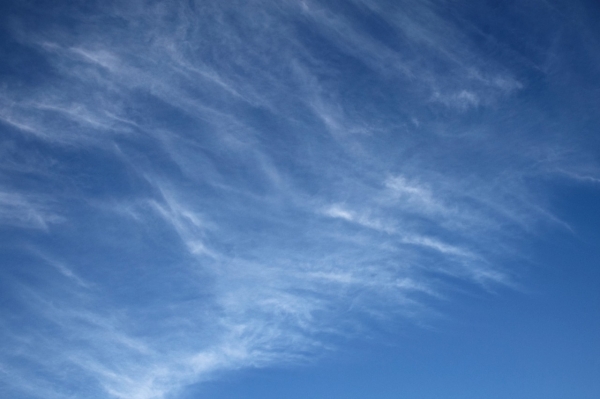Scientists studying Arctic warming have shared new evidence that sea salt aerosols from “blowing snow” play a significant role in forming clouds that reflect solar radiation back to the Earth’s surface.
The finding, published today in Nature Geoscience, is part of the scientific effort to understand why Arctic air temperatures are increasing nearly four times faster than the global average. A lack of understanding of Arctic clouds and the aerosols that cloud particles form on means they are currently poorly represented in climate models. The work to improve to these models will help scientists be more precise about the impact of pollution by humans, and to evaluate the success of mitigation measures.
Clouds form around aerosol particles, such as dust, soot, black carbons and sea salt. The existing models for cloud formation and their properties assume that sea salt aerosols are low in concentration – implying that they don’t have a significant impact on cloud formation or their properties.
However, scientists hypothesised that salty snow, lofted into the air above sea ice by storm winds in the winter and spring, is a major source of sea salt aerosol (SSA) particles in the Arctic.
Read more at British Antarctic Survey
Photo Credit: leoleobobeo via Pixabay


